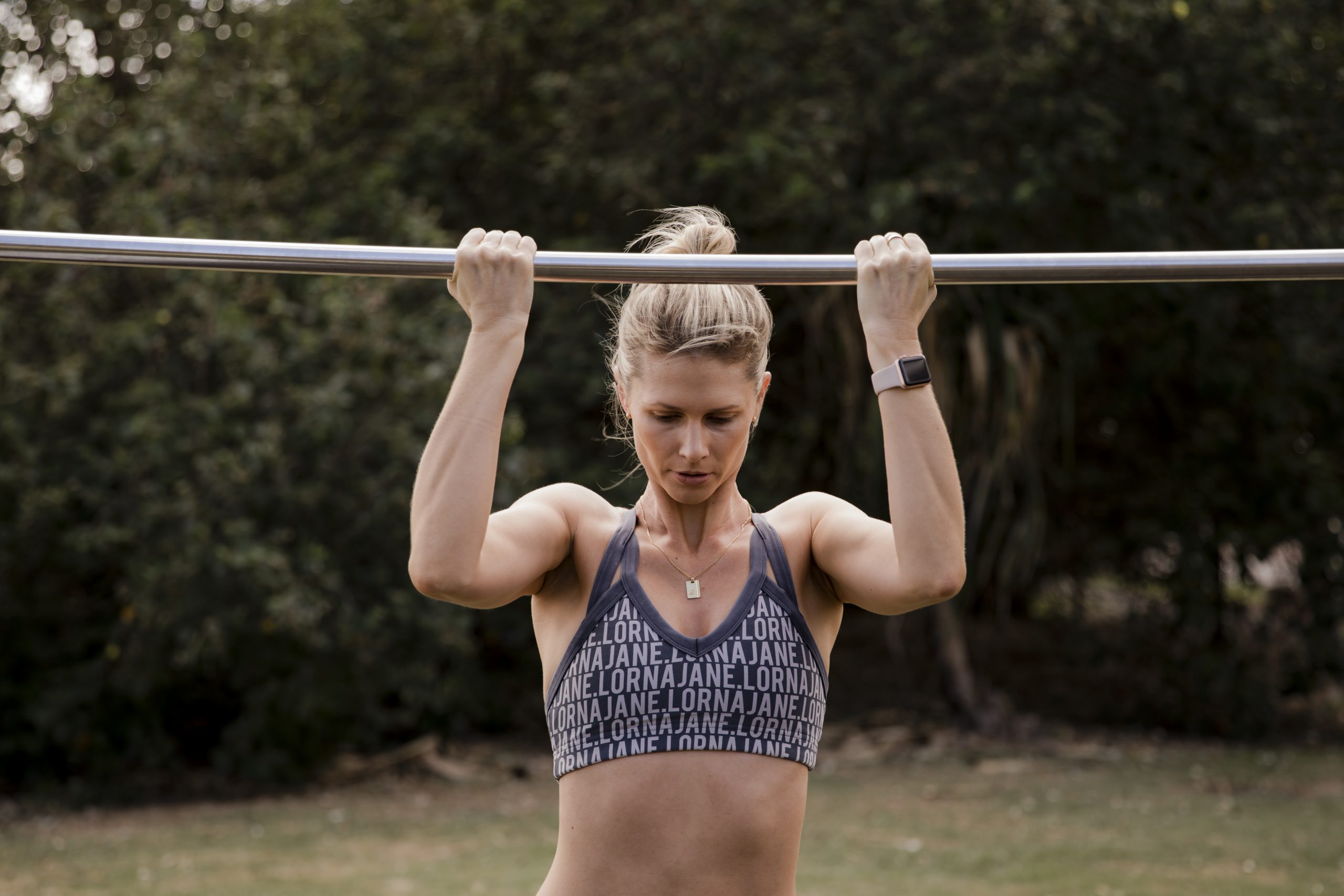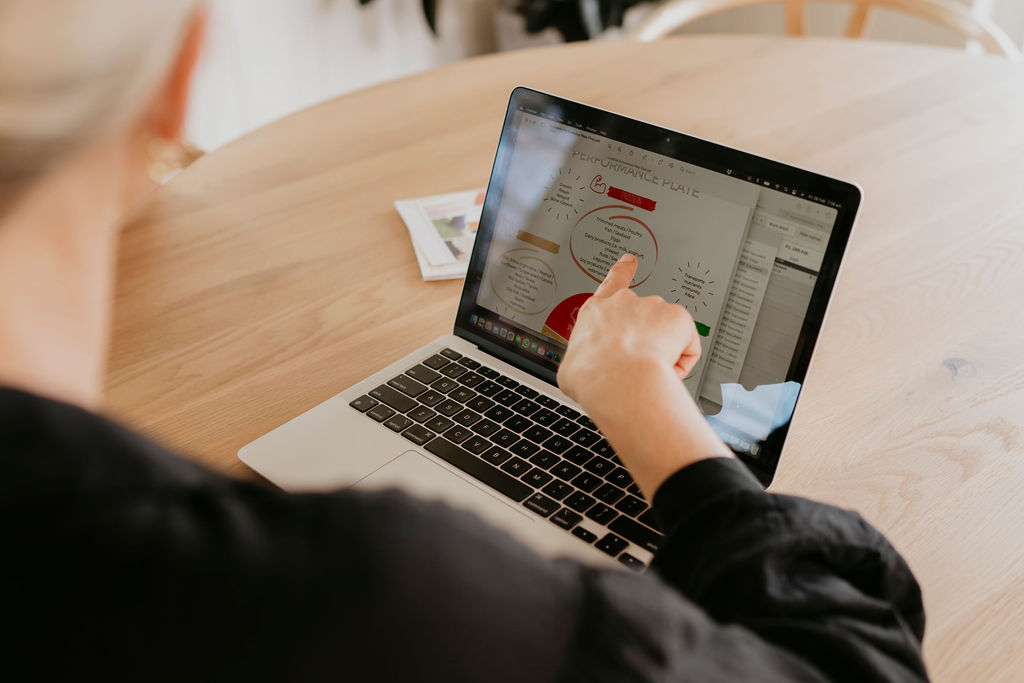Caffeine for Performance What is caffeine? Caffeine is the most widely consumed psychoactive substance, and…
What is iron?
Iron is a vital component of haemoglobin within red blood cells which help to transport oxygen to tissues around the body. Therefore, it comes as no surprise that people with suboptimal iron stores often present with frequent illness, fatigue, underperformance, loss of power, “jelly legs”, loss of endurance, decreased motivation to train and poor mood.
Inadequate dietary iron can lead to varying degrees of deficiency, from low iron stores to early iron deficiency to iron-deficiency anaemia. Blood tests are useful indicators to assist in identifying these various stages of iron depletion.
The recommended dietary intake for iron in females ranges between 8-18mg/d and ~8mg/d in males.
What foods are rich in iron and how is it absorbed?
 Dietary iron exists in haem and non-haem forms. There are higher amounts of the haem form in animal food sources, whereas plant sources only contain non-haem iron. This is important as up to 40% of haem iron is
Dietary iron exists in haem and non-haem forms. There are higher amounts of the haem form in animal food sources, whereas plant sources only contain non-haem iron. This is important as up to 40% of haem iron is
absorbed by the body versus 2-20% from non-haem sources.
The amount of iron absorbed from a meal is influenced by several dietary factors which can either enhance or inhibit iron absorption. Dietary factors such as vitamin C enhance iron absorption whereas factors such as calcium, phytates (e.g. dark green leafy veg, legumes, rice and other grains) and polyphenols (e.g. in tea) inhibit its absorption.
So, who exactly is at higher risk of developing iron deficiency?
Well, there are a number of factors which can impact one’s iron stores, some of which we have listed below:
- Poor iron intake: unbalanced vegetarian diets, chronic low-energy diets, dietary patterns which see infrequent intake of red meat and inadequate substitution with other foods providing bioavailable iron
- Poor iron absorption: clinical disorders such as coeliac disease, inflammatory bowel conditions
- Increased iron requirements: menstrual bleeding, growth spurts, pregnancy, lactation, accelerated erythropoiesis (exposure to altitude, high intensity endurance training)
- Increased iron losses: gastrointestinal bleeding (e.g. ulcers, some non-steroidal anti-inflammatory drugs), excessive haemolysis due to increased training stress (e.g. footstrike haemolysis in runners), sweat losses and other blood losses (e.g. surgery, nosebleeds, contact sports)
How can you optimise your dietary iron?
We have kindly compiled a list of our top 4 tips and strategies for enhancing iron supply:
- Include small amounts of iron rich foods, often. FREQUENCY is most important.
- Avoid EXCESSIVE intake of high-calcium foods/calcium supplements with your iron foods (or
 supplements), as this reduces your UPTAKE of iron. Note that calcium is still extremely important (it just needs to be timed properly).
supplements), as this reduces your UPTAKE of iron. Note that calcium is still extremely important (it just needs to be timed properly). - Eat plant foods with high Vitamin C contents BOTH at main meals (e.g. citrus fruits, strawberries, kiwi fruit, paw paw, melons, tomatoes, dark leafy greens, broccoli & capsicum)
- Avoid drinking excessive tea or coffee near/with your meals, as the phytates/tannins greatly REDUCE your absorption of iron
If you’re concerned you may be at risk of low iron, then we highly recommend checking in with us or see your GP to get a blood test.



